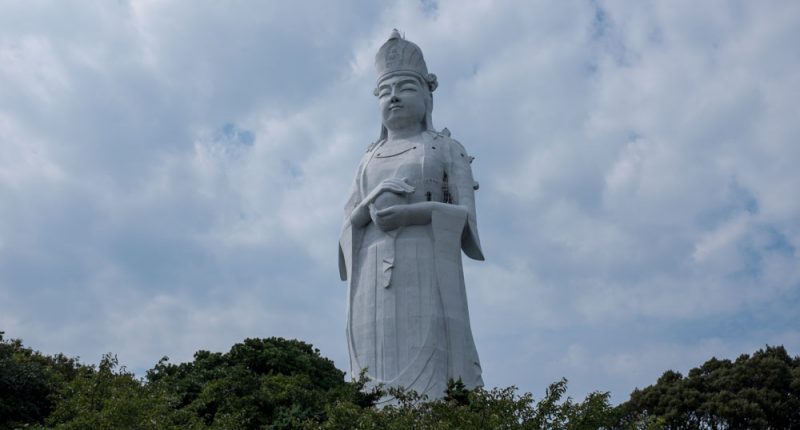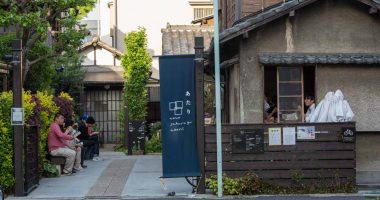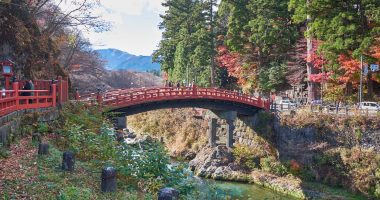Gigantic statue of the Kannon (Goddess of Mercy) built on top of a hill in Futtsu, Chiba. The structure, designed by Masae Usami and built in 1961, is 56 meters high and provides views of the surrounding Boso Pennsula and Tokyo Bay. It was built as a monument to world peace and memorial blocks to this sentiment can be found surrounding the statue.
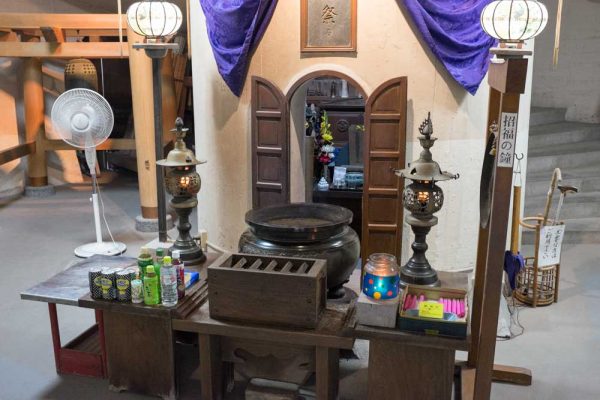
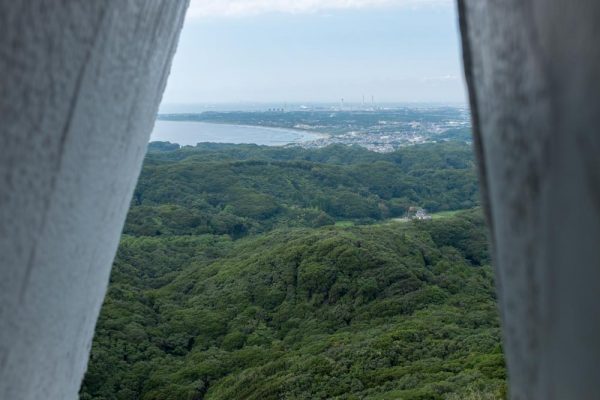
You can climb the structure all the way up to the forehead of the statue, but the final two floors can only be accessed via a narrow stairway and ladders and only small holes in the wall provide any views. The better panoramas are provided by the arms of the Kannon where you can walk out and see the area behind white fencing. You will need your own transport to get to Tokyo Wan Kannon (東京湾観音), but the landmark is really only worth a brief stop over on the way to Mount Nokogiri or elsewhere.
